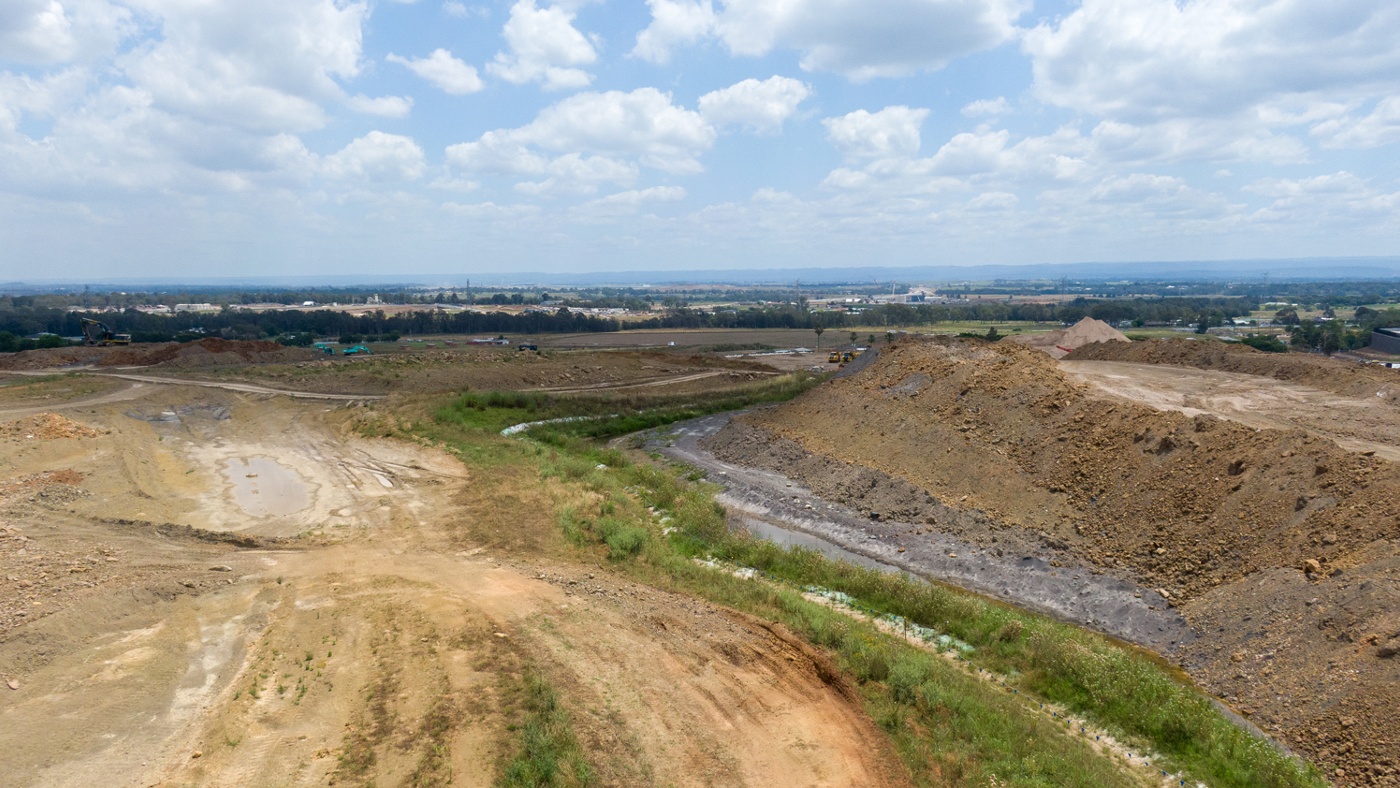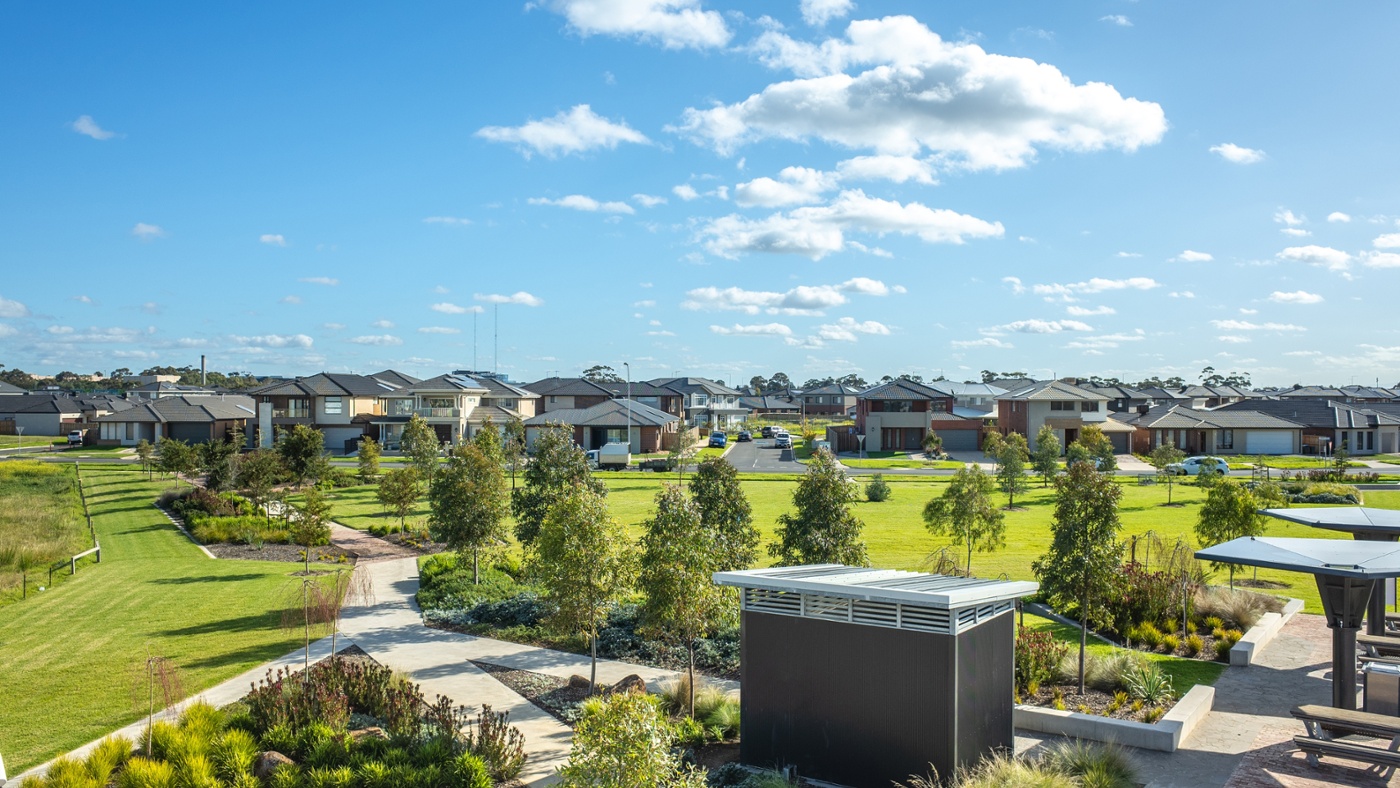In December 2023, the NSW Government released its Transport Oriented Development (TOD) program. Yvette Carr, Director, Planning shares her insights into the program's proposed changes and potential implications.
What is TOD? Essentially, where higher development densities are built around transport and activity nodes to reduce dependence on private vehicles and increase the use of sustainable and active transport.
There are two parts:
Part 1 - Accelerated Precincts
- Eight master-planned precincts within up to 1,200m of heavy rail/metro stations
- The master plans will inform a State-led rezoning proposal to be exhibited Q2/Q3
- New fast-track SSD pathway until November 2027
- Up to 15% of all new homes to be affordable housing in perpetuity (subject to feasibility testing as part of the master planning process).
Part 2 - TOD SEPP
- New controls will apply to land within 400m of 31 train/metro stations
- Residential flat buildings (RFBs) will be permitted in all R1, R2, R3 and R4 Zones, and RFBs and shop-top housing (STH) will be permitted in all E1 Local Centre and E2 Commercial Centre Zones
- Blanket development standards of 21m (6 storeys) and 3:1 will apply
- Mandatory min. 2% affordable housing contribution on all new developments (will increase over time)
- The new SEPP will be implemented in April 2024.
My thoughts and questions:
- Overall, the TOD Program is a very positive step towards accelerating housing supply. TOD is a no-brainer as it aligns land use and transport to allow people to live close to where they work and reduce travel distances and dependence on private vehicles.
- Each of the 8 accelerated precincts is strategically significant (e.g. Strategic Centre, or within an Innovation Corridor, etc) and well-placed to support significant additional density than what current controls allow for.
- Each of the 8 accelerated precincts already has an existing master plan/place strategy to some extent. We understand that some plans will be implemented as is, with no additional uplifts, but with new affordable housing requirements up to 15%. Query the feasibility impact for developers who already purchased land in those precincts with no expectation of up to 15% affordable housing.
- As always, the devil is in the detail. Let's wait and see what's proposed in these 8 precincts before commenting further!
- At least half of the 31 SEPP precincts are not pulling their weight on housing supply. In many cases, there are large swathes of land zoned R2 Low Density Residential, with 9.5m height and 0.5:1 FSR controls (-ish) within 400m of a station. This is not good enough and needs to change. The TOD SEPP is clearly a positive move in that regard. Precincts, like Marrickville (see Figure 1), are great examples, where there are lots of opportunities and not many constraints like heritage.

Figure 1 - Marrickville Station Precinct (Source: ePlanning Spatial Viewer). Red circle indicates approximate 400m radius.
- Interestingly, up to one-quarter of precincts are probably not going to deliver much additional housing under the TOD Program.
- For example, about 90% of land within 400m of Lidcombe Station already has height and FSR controls well exceeding the proposed SEPP standards (see Figure 2).
- A second example is Tuggerah, where most land within 400m of the station is zoned industrial or conservation, and only a couple of blocks are zoned R1 General Residential where the TOD SEPP will apply (see Figure 3). I can see why these precincts were chosen, but they won't make significant contributions to the Housing Accord targets unless land is rezoned or the 400m radius is extended (although I acknowledge that there are also the proposed low and mid-rise housing reforms).

Figure 2 - Lidcombe Station LEP height map (Source: ePlanning Spatial Viewer). Red circle indicates approximate 400m radius.
-program..png)
Figure 3 - Tuggerah Station Precinct zoning map (Source: ePlanning Spatial Viewer). Red circle indicates approximate 400m radius.
- I generally support expanded permissibility of RFBs and STH however, I think there should be minimum non-residential FSRs in the E1 and E2 Zones (or at least a requirement for non-residential on the ground floor facing the street) to retain some employment floorspace, ensure activation and encourage nightlife in centres.
- Will the TOD SEPP apply to MU1 Mixed Use Zones? This zone is not referenced in the explanatory material.
- At first glance, 21m/3:1 is not ambitious enough. BUT, let's not forget that the TOD SEPP is an initial step to get these precincts moving on housing supply, so blanket controls are appropriate initially. The SEPP will remain in place until councils have completed and delivered a new strategic vision and rezoning for these areas. The strategic planning must provide for uplift in these locations equal to or exceeding the SEPP controls.
- A word of caution to developers: do not run your feasibilities on 3:1 for residential development. 6 storeys/3:1 is not well aligned for pure residential - generally, you can only achieve ~2:1 for a 6-storey development. 3:1 is more achievable for a mixed-use development with a larger format supermarket.
- Two per cent affordable housing seems very low given that one of the stated objectives of the TOD Program is to address the housing crisis. Also, query the feasibility (for a CHP) of managing (say) one apartment in a smaller development. Having said that, we know this will increase over time and councils will be required to complete their own strategic planning for these areas that provides for long-term affordable housing in perpetuity. I'd welcome some comments from CHPs on this point.
- Thankfully, the 30% height/FSR affordable housing bonuses will apply in the 31 SEPP precincts.
- The TOD SEPP will apply in Heritage Conservation Areas (HCAs), but "a merit-based assessment will apply… and relevant heritage controls will apply to the extent that they are not inconsistent with the new standards". How will this work in practice? Will councils be forced to disregard heritage controls in HCAs if they are inconsistent with the new standards? Will this produce the best outcomes? A balance needs to be struck between housing supply near stations and retaining the significance of HCAs for communities. Where does that balance lie? It probably depends on the specific HCA and why it's significant.
- The interaction between the TOD SEPP and the proposed mid-rise housing controls will be interesting, and potentially confusing. The TOD SEPP controls will generally override the mid-rise controls. The mid-rise controls will include non-refusal standards whereas the TOD SEPP will not (as far as I can tell). The mid-rise controls will include minimum parking rates, but the TOD SEPP will have maximum parking rates. The mid-rise controls will be based on walking distance from stations, whereas the TOD SEPP will be based on a radius. The application of the relevant controls to a particular site will need to be examined closely on a case-by-case basis.
- Finally, a NSW Parliamentary Inquiry was announced on 23 February 2024 to look into the TOD Program. One of the (many) terms of reference is how the 8 and 31 precincts were selected. The committee is due to report back on 27 September 2024. I'll be interested to see the outcome, but I understand that the Department of Planning, Housing and Infrastructure is pushing on regardless.
In conclusion, the NSW Government's TOD Program presents a promising avenue for accelerating housing supply and fostering sustainable urban environments. While the TOD Program marks a significant step forward, further clarification will be essential to ensure its success in addressing housing needs. A new SEPP is anticipated in April, which will provide further detail to answer some of these questions. Watch this space.
Related Insights

NSW Low and Mid-Rise Housing Reforms

NSW Government Releases Industrial Lands Action Plan

Property Council of Australia Committees Announced for 2025/26





